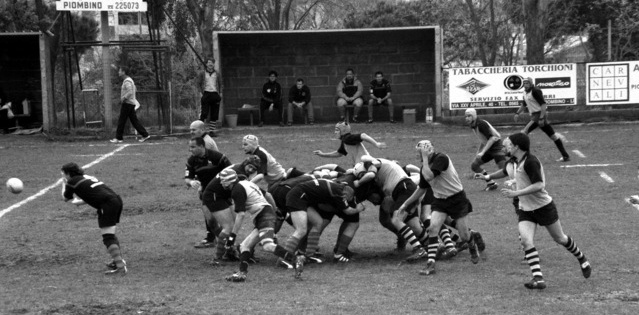Managing & Motivation Tips to Achieve High Performance (Part VI)
Everyone is motivated to achieve something. M1 types are motivated to achieve goals and bring about the future, M2 types are motivated to change the...
2 min read
.jpg) Bob Willert
:
Updated on March 15, 2017
Bob Willert
:
Updated on March 15, 2017

Success is about achieving goals. Achieving goals is about having the right Goal-Achieving system in place. That sounds too obvious, but many individuals and teams do not. They have “set goals” not a goal-achieving system.
One goal “To procure, move, and deliver materials on time to a designated location, while minimizing disruption to the process or solving the problems that cause supply-chain disruption” is not actually a goal; it is an intention. Goals are different. One of the most powerful managing & motivation tips is to get a goal-achieving system in place, and to keep it in place.
SMARTER Goals
Before we explain the three different kinds of goal, we’ll cover the overarching requirement – all goals must be SMARTER Goals. ‘SMARTER’ stands for:
Specific, so the goal is clear.
Measurable, so everyone working on it can monitor their own results and check progress.
Agreed, so everyone wants to achieve it. (If the manager sets “the wrong goal” or hires the wrong kind of person, or some people don’t really buy into it, then it may not be achieved without a lot of extra effort.)
Realistic, so it is achievable given the resources available.
Time-bound, so everyone knows the schedule and the end-point.
Exciting, so everyone can get enthusiastic about it, not treat it like a burden to be dumped as soon as possible.
Recorded, so everyone knows the path to achieving the goal is being followed. That way it can be repeated easily, and if there are breaks or weaknesses in the supply chain, they will be seen, isolated and dealt with, so they do not repeat.
The Three Types of Goal
There are End Goals, Performance Goals and Process Goals. Let’s look at each one in turn.
End Goals
These are the ultimate results an individual, or the whole team, is working on. It may be a complete supply chain performance, or it may be to repair a break in the chain so it never happens again. It may even be a small End Goal like this:
“Within one hour we will have solved the shipping delay problem caused by the missing manifest, so the parts arrive on time, and do not negatively impact the next link in the chain.” (Check it to ensure it is a SMARTER goal)
Performance Goals
These are to do with standards, accuracy, personal actions, etc. You can work at half speed or you can go all out to succeed. Once the team has agreed the End Goal, they need to stipulate the standards, etc, they will work to so they do achieve the End Goal.
Process Goals
These are to do with when, how often and for how long tasks are performed. Should a particular issue be checked every day or every hour? Should it take half an hour to perform it well or half a day? Process goals, are to do with the tasks that each individual performs.
The Take-Away
SMARTER End, Performance and Process Goals give everyone clarity so they know what to do, when to do it, how to do it, why they are doing it, etc. in order to fulfill the company’s obligations to a particular client or a particular shipment.
SMARTER Goals also apply to teamwork. Set goals for building that high-performing team in the same way you set them to meet delivery goals.
When these goals are in place, the manager’s job is easier and the results are more certain. Success demands a goal-achieving system.

Everyone is motivated to achieve something. M1 types are motivated to achieve goals and bring about the future, M2 types are motivated to change the...

Industry Secrets for An Awesome Transportation Strategy "Victorious warriors win first and then go to war, while defeated warriors go to war first...

There is no "I" in team. It takes the contributions of a group of people to achieve great things, and warehousing is no different. You have...